Scientists of Samarkand State University are conducting archaeological excavations at the Dabuskala monument…
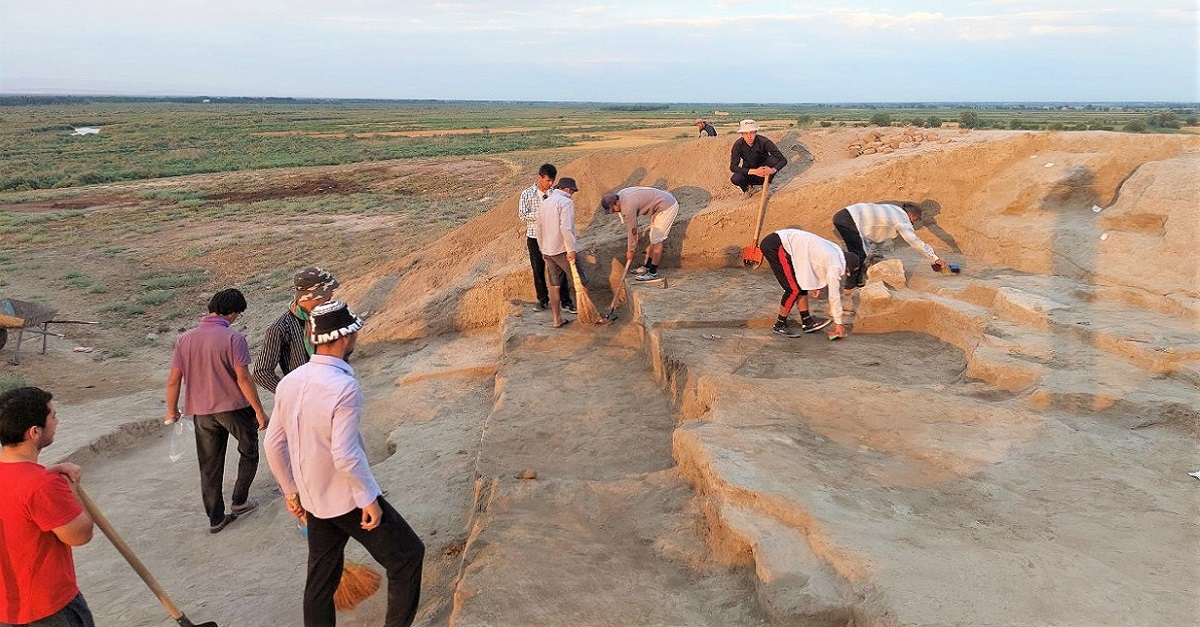
As a result of the excavations, the presence of defensive walls in the eastern part of the fortress was established, coins were found dating back to the era of the Samanids and Karakhanids.
Teachers and students of Samarkand State University named after Sharof Rashidov, as well as researchers from the Samarkand Institute of Archeology, are conducting archaeological excavations at the monument of Kuna - Dabusia, the largest and most important historical region of Central Asia, one of the largest settlements of ancient Sogd.
As a result of excavations in the eastern part of the fortress, the presence of a defensive wall 2-4 meters thick was discovered. During the study of its place, settlements, coins dating back to the times of the Samanids and Karakhanids were noted.
“The record of metal fossils at the top of the dabuziya monument indicates that in the Middle Ages, not only pottery and handicrafts, but also metalworking developed at this place,” says Akbar Nazarov, a doctoral student at SamSU, a member of the expedition. - More than 20 toilet places were also found in Dabus. This means that in the Middle Ages, attention was also paid to hygiene in Sogd.
For reference, the expedition is headed by a teacher of SamSU, leading researcher of the Samarkand Institute of Archeology, Candidate of Historical Sciences Amriddin Berdimurodov. Senior researcher of the Samarkand Archaeological Institute, Doctor of Philosophy (PhD) in historical sciences Alisher Sandiboev, doctoral students of Samarkand State University Gayrat Muhammadiev and Akbar Nazarov, as well as students as members of the expedition, are conducting excavations.
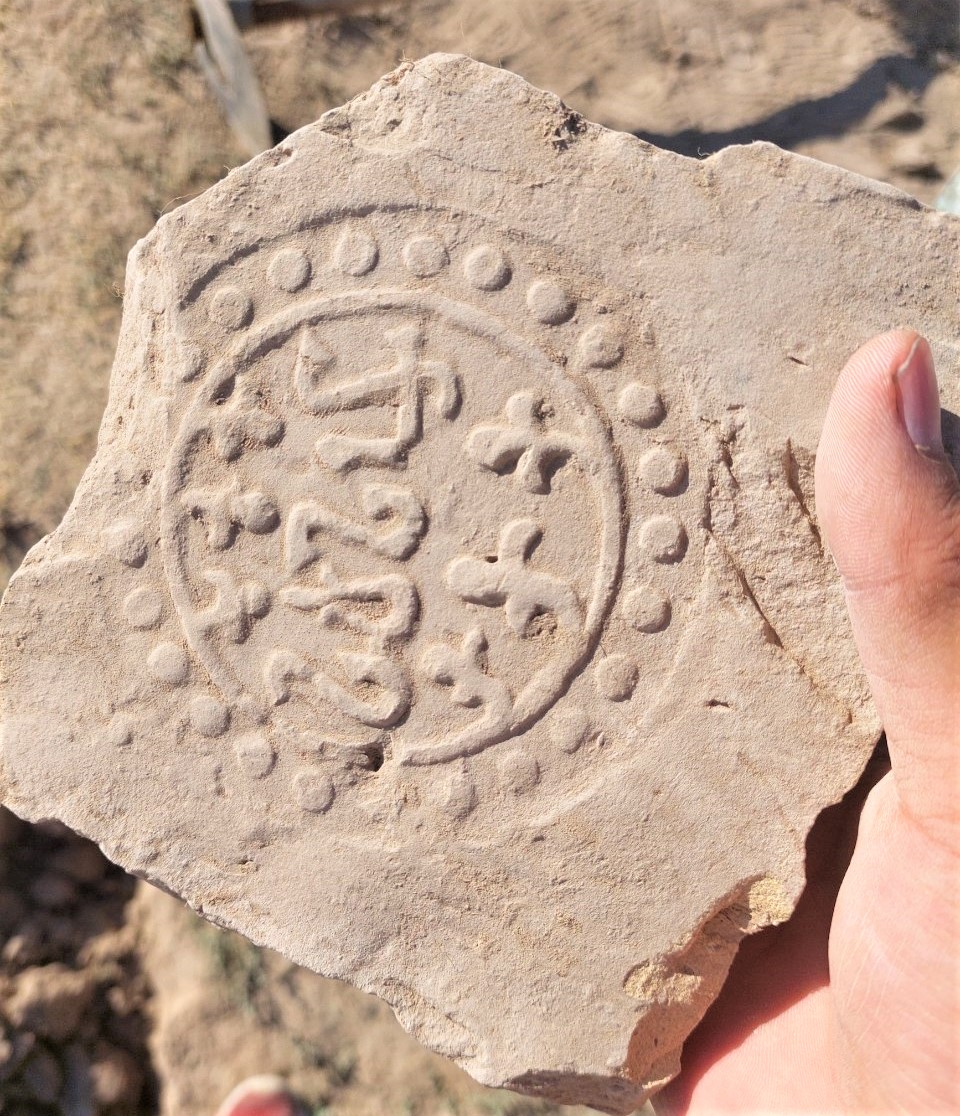
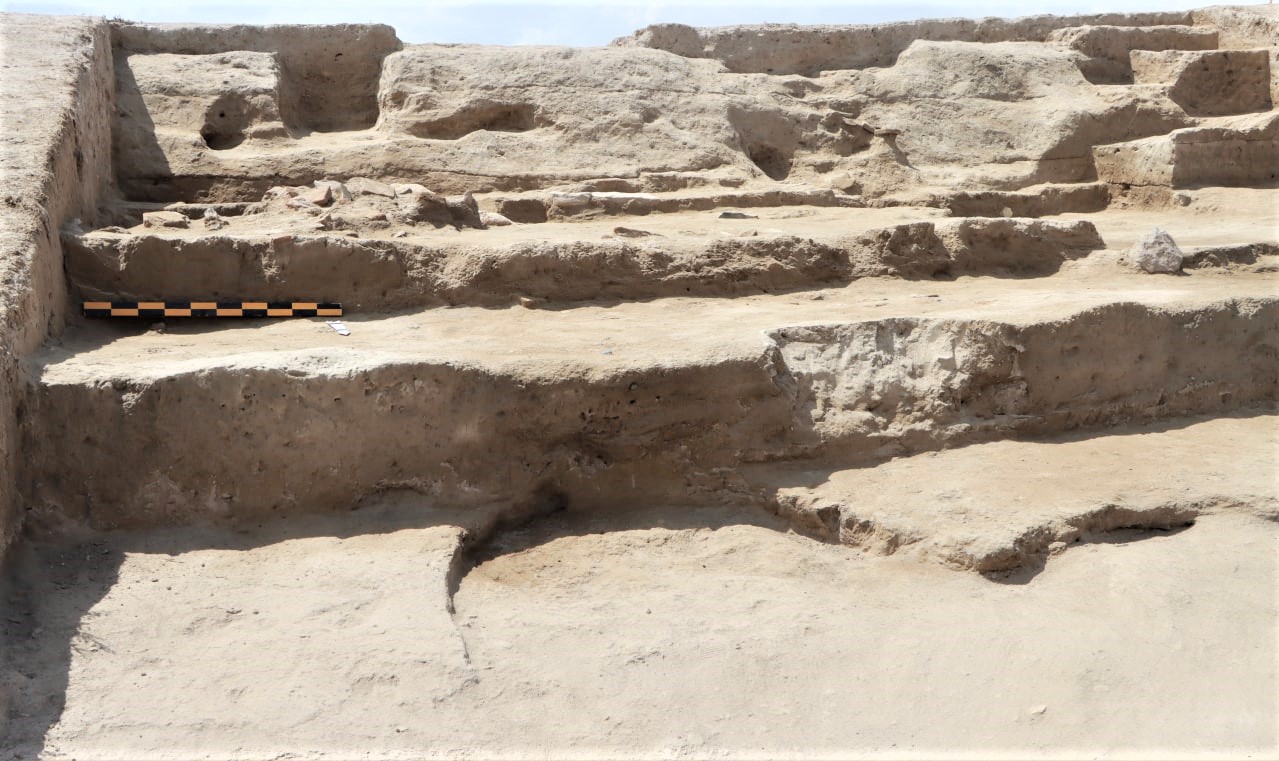
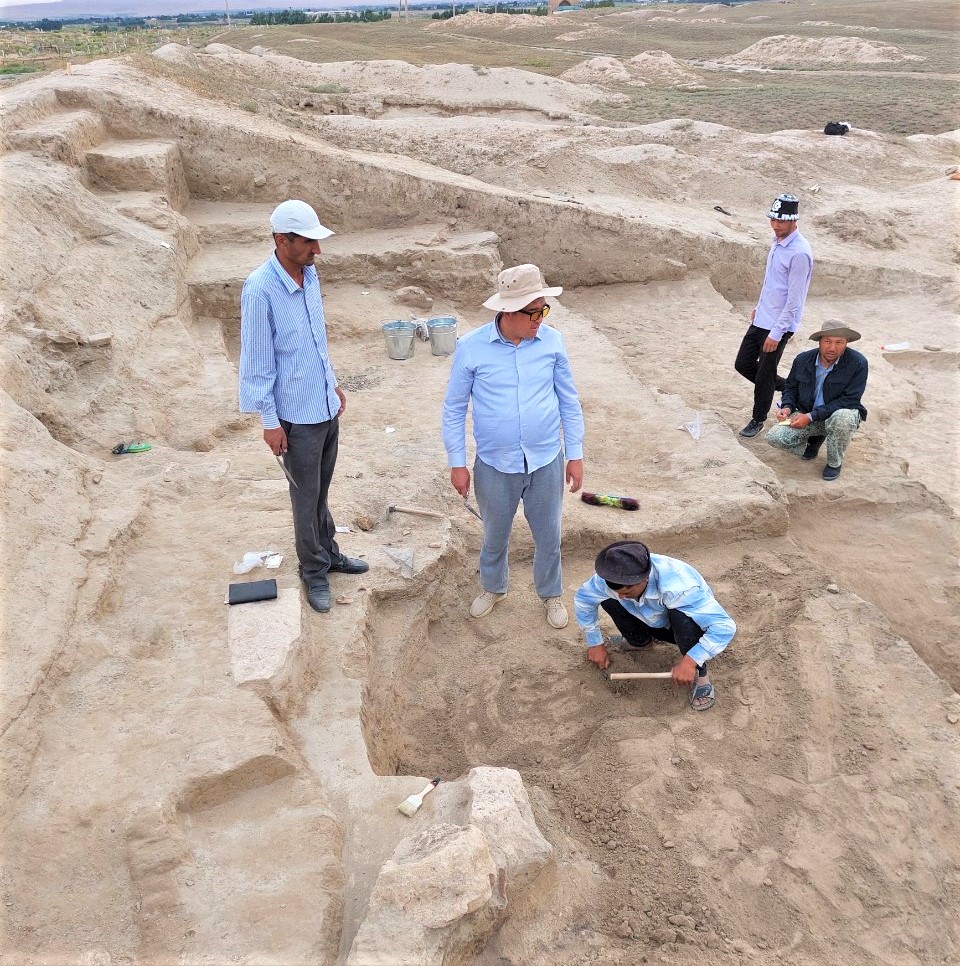
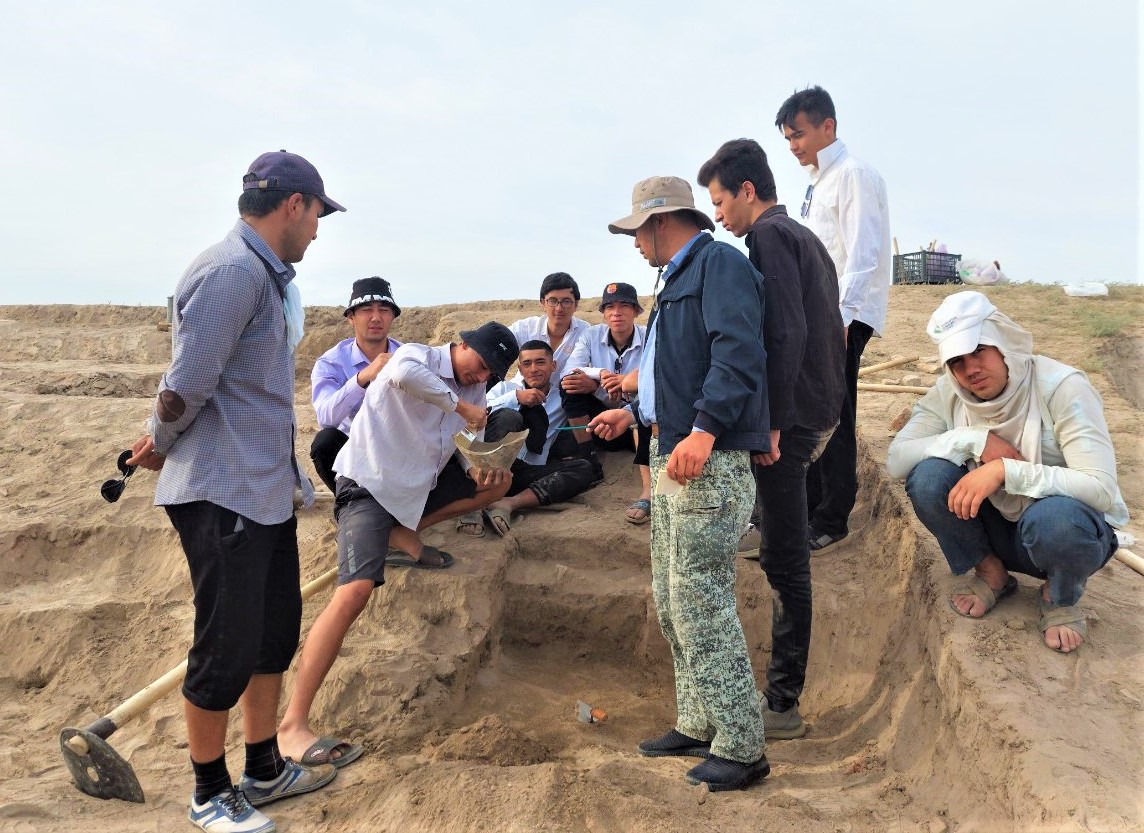
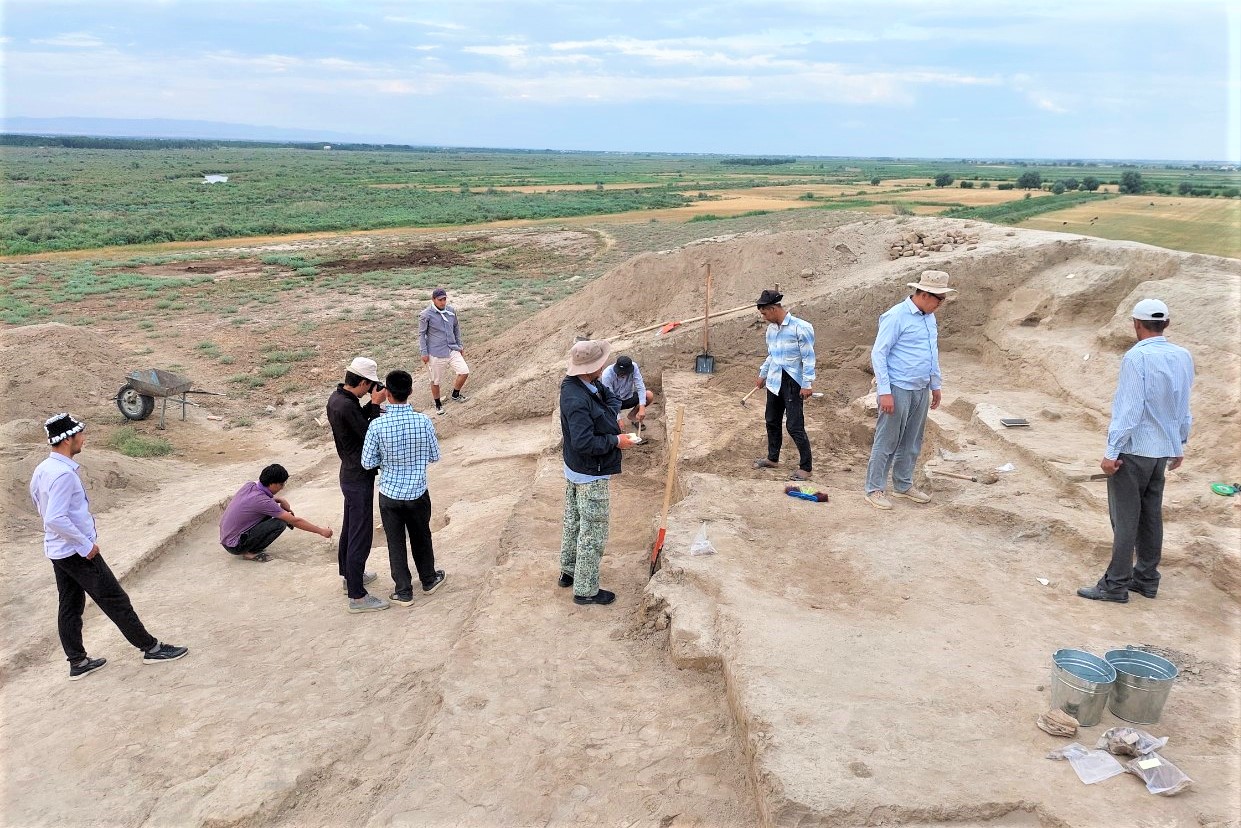
Otabek Abdullayev,
Information Service Officer
Samarkand State University.

